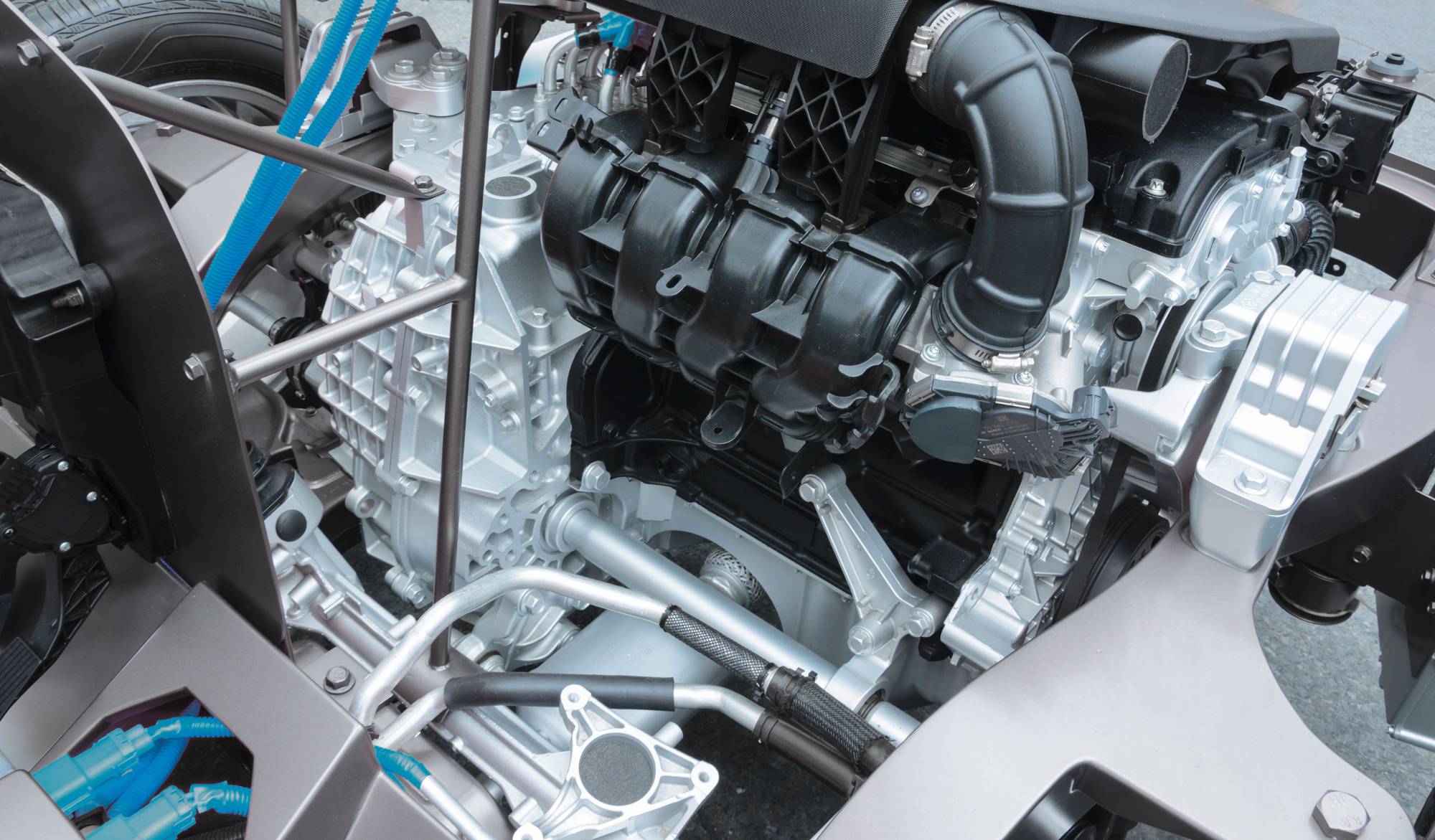
E-Mobility: FUCHS is the sole lubricant partner of the EU project “ODIN”
Even if conventional engine oils are not used, e-mobility, especially those with a high-power density, requires lubrication and cooling. This places new demands on lubricants, which at the same time should contribute to improving the overall system of electric drives. As a lubricant partner, FUCHS is addressing these issues in the ongoing EU project "Optimized electric Drivetrain by Integration" (ODIN), which is coordinated by Robert BOSCH GmbH.
Whereas the first electric drive trains were more or less combinations of individual components, questions arise about the integration of all relevant components - including the lubricants used. This development is mainly driven by the desire to reduce the size, weight and cost of the electric powertrain, but also by the goal of improving the overall efficiency of the vehicle.
The electric motor, gearbox and power electronics are combined in a fully integrated electric drive train in one housing. This integration is topped off with a single fluid circuit that meets all essential cooling and lubrication demands. The EU project ODIN deals with these topics. The main objective in the design of the ODIN Fluid System is to combine lubrication and cooling of the system components within a single integrated circuit using a single fluid.
In view of the wide range of requirements, ODIN Fluid must be a multi-talent. Typical components that need lubrication are the gearbox and the rolling bearings of the (high speed) electric motor. The simultaneous development of the ODIN fluid along with the other drivetrain components opens the possibility of leaving conventional lubrication technology paths.
Special attention is paid to the development of fluids with improved calorific data, which - with significantly higher thermal capacity and better thermal conductivity - have particular advantages compared to conventional gear oils. This means that larger quantities of heat can be taken away in a shorter space of time. This is particularly important for the electric motor and the power electronics, as temperature peaks can occur during system operation. These peaks must then be quickly defused.
The aim is to achieve a particularly low-friction fluid for improved thermal management. Both properties are essential prerequisites for optimum efficiency of the entire electrical drive train. In its multifunctionality, the result can then be described as engine oil again - no longer for internal combustion engines, but for electric drives.
